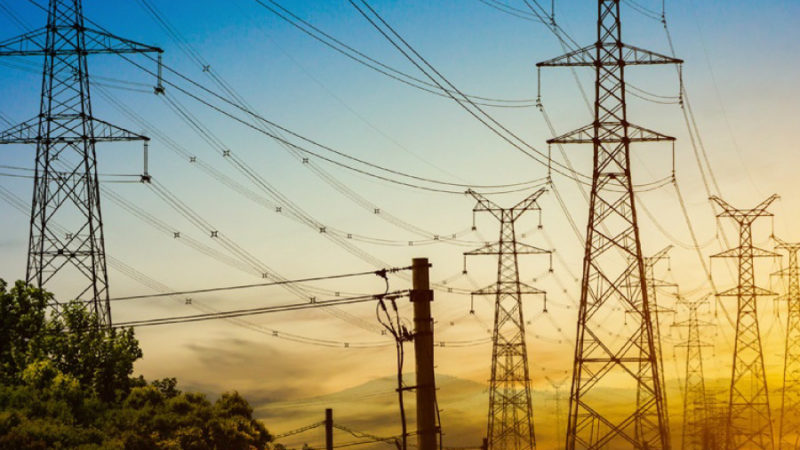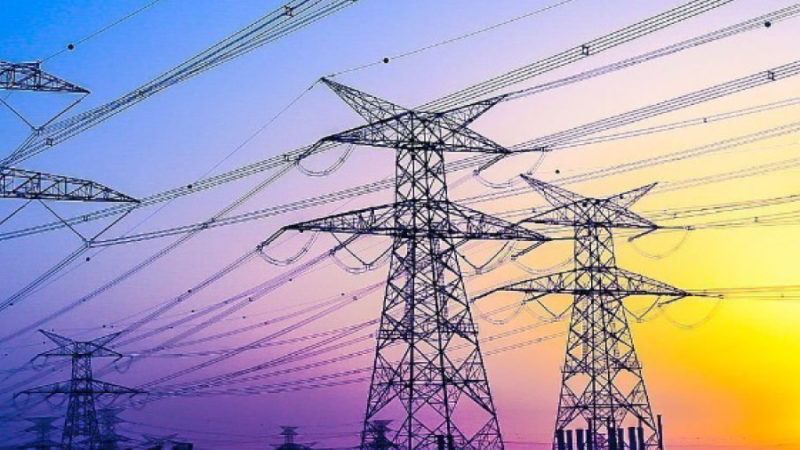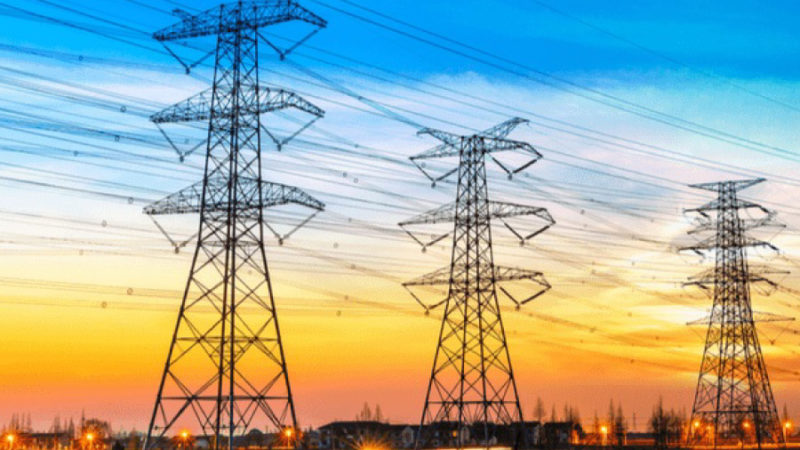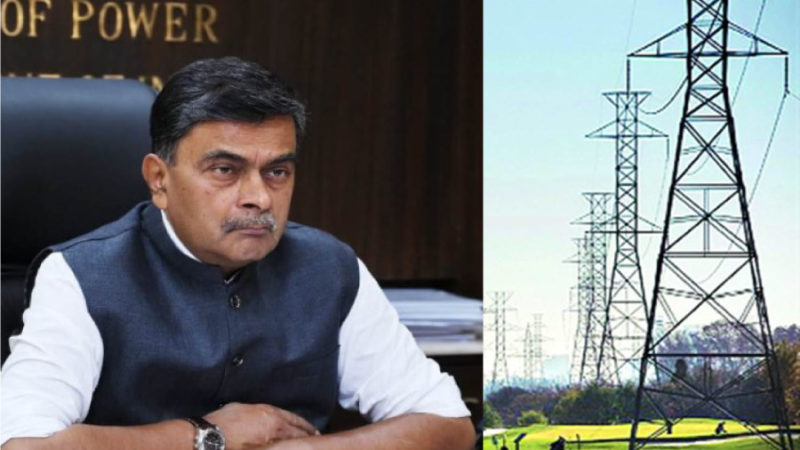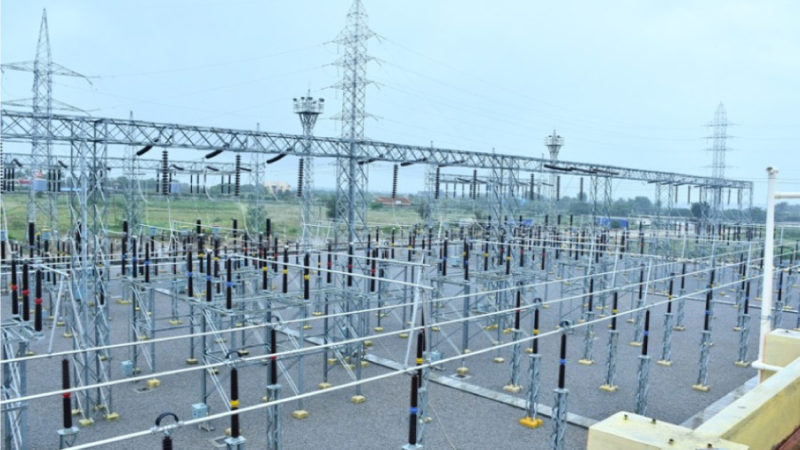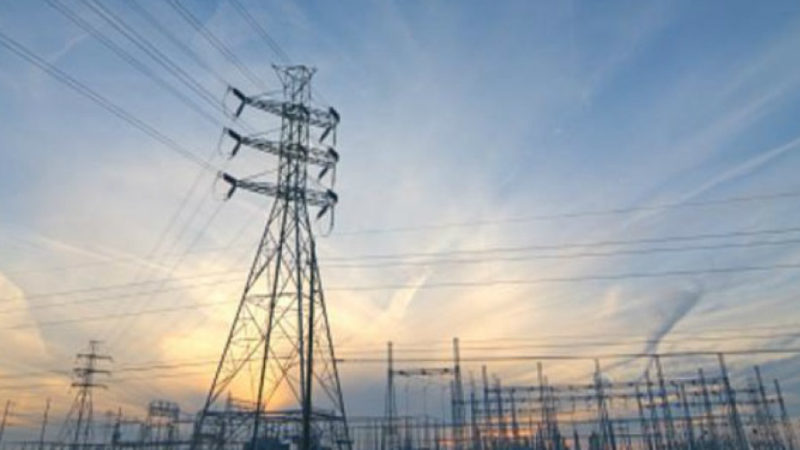Transmission Line Components – Need to have Zero Defect
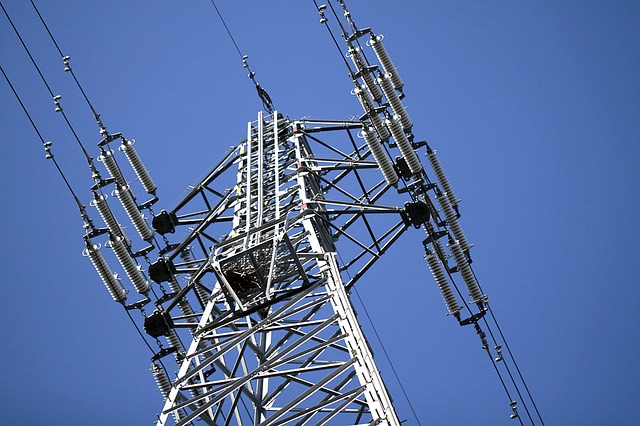
Transmission Line Components are Conductors, Hardware and Insulators. They are mounted on towers. All these elements are outdoor for 24 hours, 365 days and need to perform without losing any of their properties.
In case of Conductors there are many types and recent and most popular are HTLS (High Temperature Low Sag).
HTLS conductors are used for Uprating existing transmission line. In case of new lines HTLS conductors give flexibility of designing smaller size towers and lesser Right of Way than conventional conductors.
HTLS conductors have high current carrying capacity and are known to develop high temperature. This puts onus on Clamps which hold them and Insulators which hold those clamps.
These elements are also expected to withstand high temperatures.
There are 6 basic types of HTLS conductors
- Z-TACIR (with INVAR steel core)
- GT-ACSR (Gap type – Aluminium Alloy Steel Reinforced)
- ZTACSR (Thermal High Strength ACSR)
- ACSS (Aluminium Conductor steel supported)
- ACSS-TW (Trapezoidal shaped strands)
- ACCC – Aluminium Conductor Composite Core
The accessories for these conductors like suspension clamps, spacer dampers, repair sleeve and vibration dampers should be able to resist wide range of transient mechanical and thermal loads such as fault current, lightning strikes, galloping events and ice loading.
The hardware and accessories should be such that conductor retains its performance under normal as well emergency conditions and are compatible to conductor.
The contact between dissimilar materials may cause excessive corrosion which needs to be checked.
The composite material used has more tensile strength but lower shear, transverse and torsional strength. In view of this, care needs to be taken while erecting gap type conductor.
There are special erection tools available. The unnoticed damage to carbon core during erection can lead to snapping of conductor. In case of snapping mid span jointing is not possible and whole conductor needs to be replaced.
In case of Insulators there are 3 types of material -Porcelain, glass and polymer.
Porcelain is oldest material and time tested. The only issue is that it is fragile by its nature.
However it is definitely not weak element. It is known to withstand sun, rains, thundershower etc. and still continue to function for 35 years or more.
In case of transmission segment porcelain long rod overcomes many of shortcomings.
- It does not puncture as Type A insulator as per IEC.
- It has stronger metallic parts at ends and no metallic portion in between.
In present day polluted conditions and saline pollution conditions it is ideal choice as it has sheds with self-cleaning ability.
The biggest advantage of porcelain long rod are enumerated below
- It is strong
- It does not loose properties over period of time.
- There is no possibility of brittle fracture at core.
- It can be coated with RTV silicone
- It has much longer life
This product meets the requirement of utilities which is “Install it and forget it “.
Today utility engineers are looking for maintenance free products. The length of Transmission network has increased many folds. There is increase in kV rating also. There is pressure to give uninterrupted power supply to consumers.
In case of process plants they cannot accept break in power supply or change in quality of supply. In view of this all transmission elements need to function without any break or interruption.
In order to achieve this periodic maintenance of transmission components is required. Also while procuring it is necessary to study process of manufacturing to ensure zero defect products.
 DPK UDAS
DPK UDAS
Author is Power Professional with 32 years’ experience in Power Sector. He has interacted extensively with power utilities in India and abroad.
He can be reached on dpk.udas@rediffmail.com


